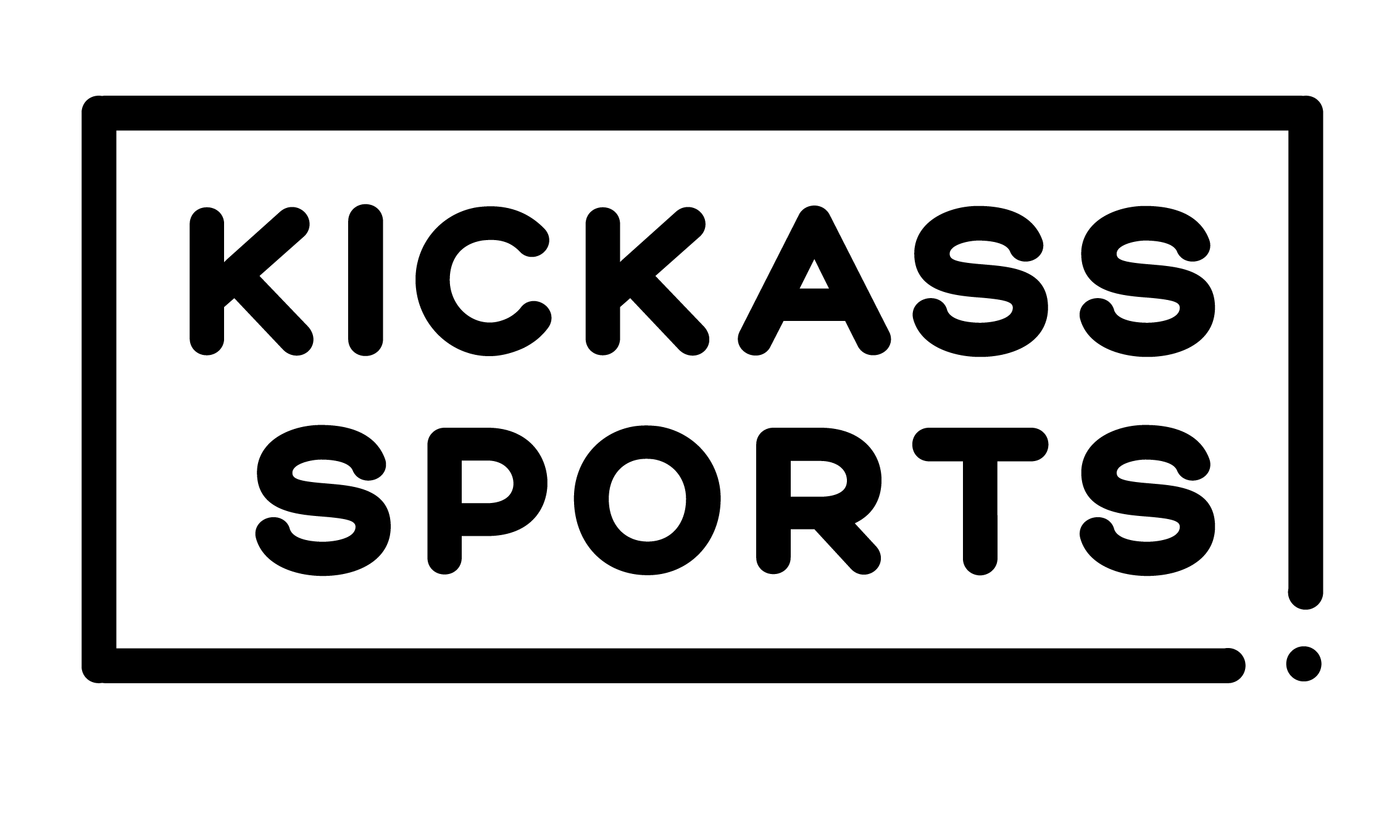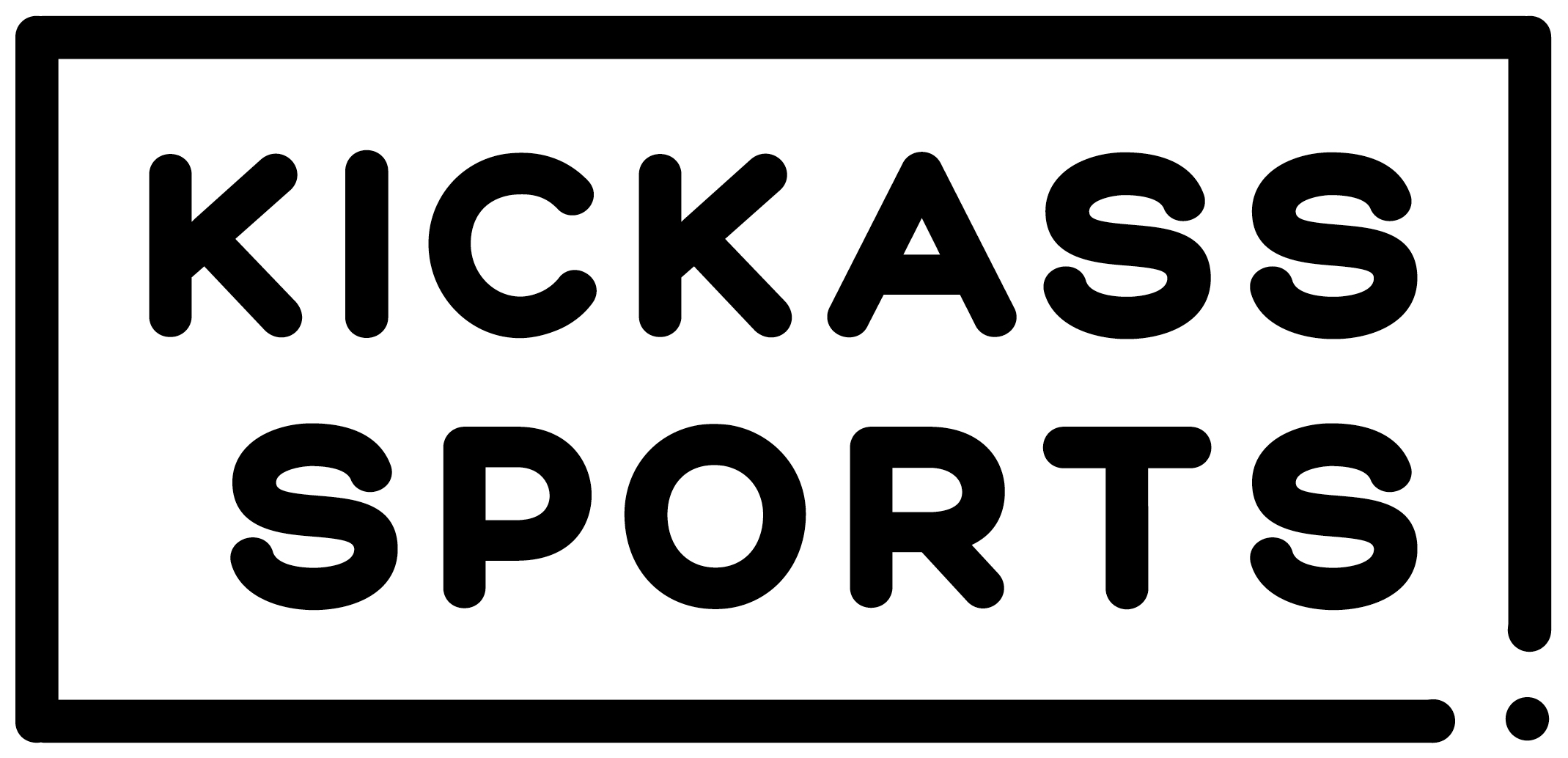Kickass Women
The female pelvic floor in triathlon
KickAss Partner • 22. October 2021 • 4 Min.
Who is the “pelvic floor” and what can it do at all? – An important topic not only for pregnant women or mothers!
Of course, most women have heard of the pelvic floor. And when they’re told during a stability training session: “And now tense the pelvic floor,” they’re sure to do it. However, probably very few know how it really works to tighten the pelvic floor. And even fewer women are aware that this muscle should be trained even if they haven’t just given birth to a child.
Why is it important for female triathletes to train the pelvic floor?
The issues surrounding the pelvic floor, such as “urinary incontinence, pelvic floor dysfunctions and pelvic ring pain” are not exclusively related to pregnancy, childbirth or menopause.
It is especially important for female athletes to take a closer look at their pelvic floor muscles. The age of the athlete does not play a role here.
This is because, contrary to the assumption that the pelvic floor is also strong in female athletes according to their other training status and is automatically trained along with it, studies show a urinary incontinence rate of up to about 70% in female competitive athletes (Chisholm et al. 2019; Da Roza et al. 2015; Eliasson et al. 2008). In addition to rebound sports and ball sports, pelvic floor dysfunction is more prevalent in endurance female athletes (Schulte-Frei & Jäger, 2018; Araújo et al. 2008; Bø & Borgen, 2001).
Who is the “pelvic floor” and what can it do?
The pelvic floor muscles literally play a supporting role in the female body. For example, this musculature incompletely closes off the abdominal cavity at the bottom and thus keeps our abdominal organs in place. The term “floor” is somewhat misleading, as the musculature is more like a funnel than a flat floor.
It is probably known that the pelvic floor is responsible for continence. In addition to this task, however, it is also important that the muscles can relax at the right moment – such as during micturition, sexual intercourse or during the birth process. As if that were not enough, it also has to “keep tight” during sudden events such as coughing, sneezing, laughing or even during sports. It can certainly be compared to a trampoline (Tanzberger et al. 2019; Carrière, 2010). Thus, a finely tuned interplay of contraction and relaxation of the pelvic floor muscles is necessary.
The hormonal influences on this muscle group must also not be disregarded. Estrogen in particular is important for the functionality of the pelvic floor. If there are fluctuations, which are physiological within the female cycle, or an imbalance, this can lead to temporary but also long-lasting dysfunctions of the pelvic floor (Bø, 2004; Lebenstedt, Platte & Pirke, 1999).

What if the pelvic floor is not trained well enough?
If the pelvic floor muscles cannot perform these complex tasks or can only perform them inadequately, then this can manifest itself in various symptoms:
- Pain in the pelvic area
- Urinary or fecal incontinence
- Sagging or protrusion of pelvic organs such as the uterus or urinary bladder, called organ prolapse, which is a serious pathology (Yi et al. 2016)
- It is also possible that untrained pelvic floor muscles are related to back pain (Welk & Baverstock, 2020)
What are the principles of good pelvic floor training?
Through individually tailored training, the pelvic floor muscles can be dynamically trained in a targeted manner so that the above-mentioned problems can be prevented. If symptoms already exist, they can be reduced in this way.
Unfortunately, scientific findings are only slowly finding their way into pelvic floor training. And so some outdated views are still circulating. For example, the focus is often still on purely isometric or concentric training. However, the fact that the pelvic floor must tense reflexively under load is usually not trained. Also, too much can be trained into tension, which can have a bad influence on neuromuscular balance and thus tends to promote incontinence, for example (Schulte-Frei & Schwenner, 2020).
So, in summary, every triathlete, regardless of performance level, should train her pelvic floor muscles. It is important to note that this topic should urgently not only be considered in the context of pregnancy and childbirth. A dynamically trained pelvic floor contributes significantly to a stable torso. This in turn is a central pillar when it comes to performance enhancement or injury prevention.
The consequences of a dysfunction can possibly only appear at a later age. Then, however, training is much more difficult.
So start now with an individually tailored pelvic floor training for female triathletes.
Luisa Kienle is KickAss partner and expert in pelvic floor training
Luisa is a sports physiotherapist and specialized in the area of the female pelvic floor in female athletes during her studies in applied therapy science.
Her mission is to de-taboo issues around the pelvic floor, educate and contribute to an improved quality of life for female athletes.
Luisa has experience in the physiotherapeutic care of various sports and in Paralympic sports. However, she has remained true to triathlon at all times.

